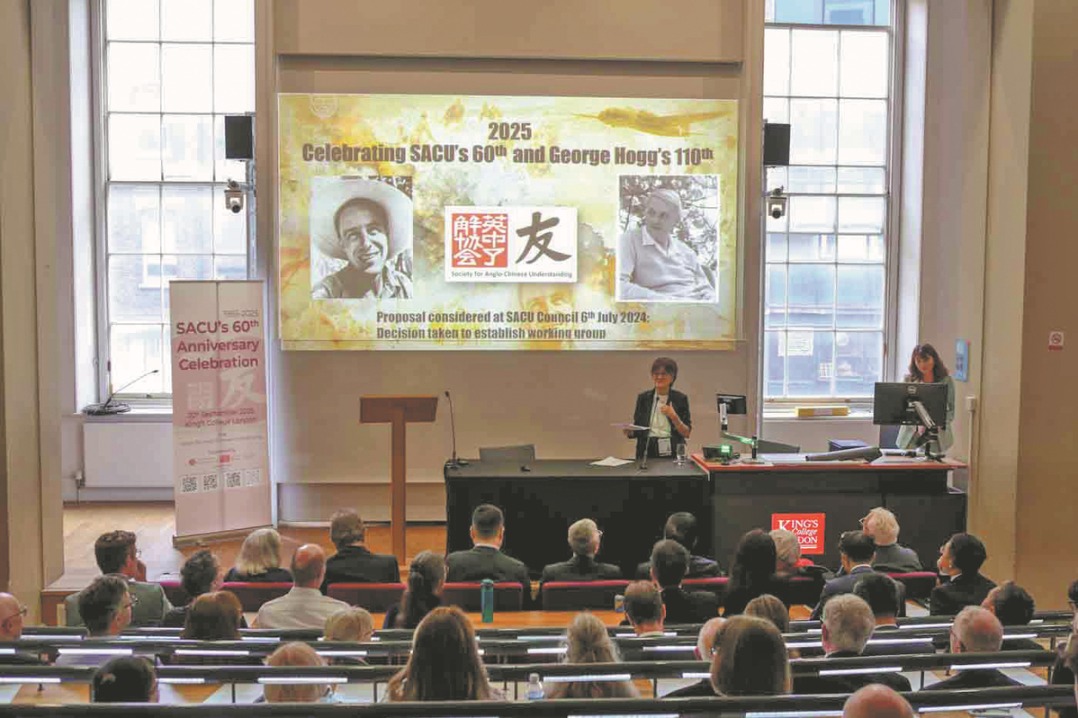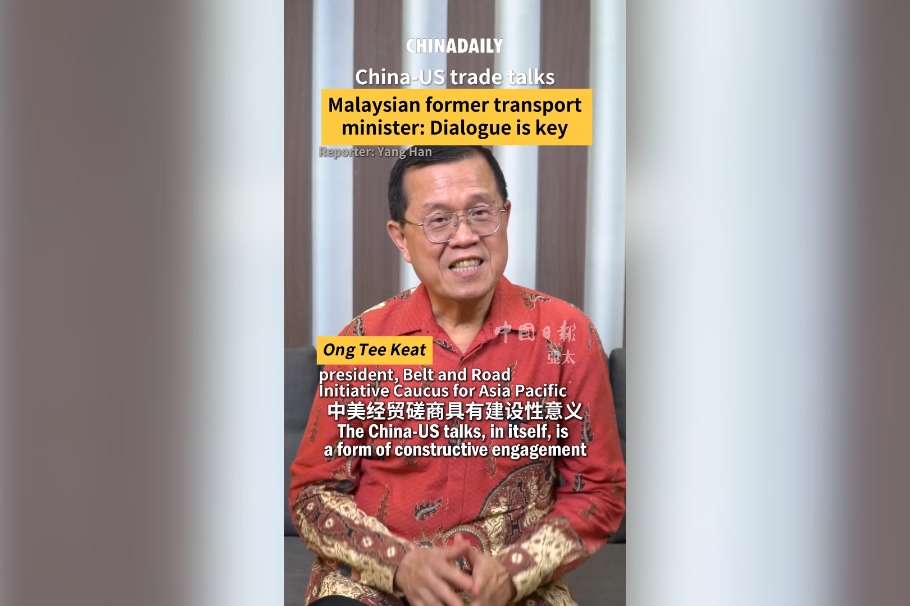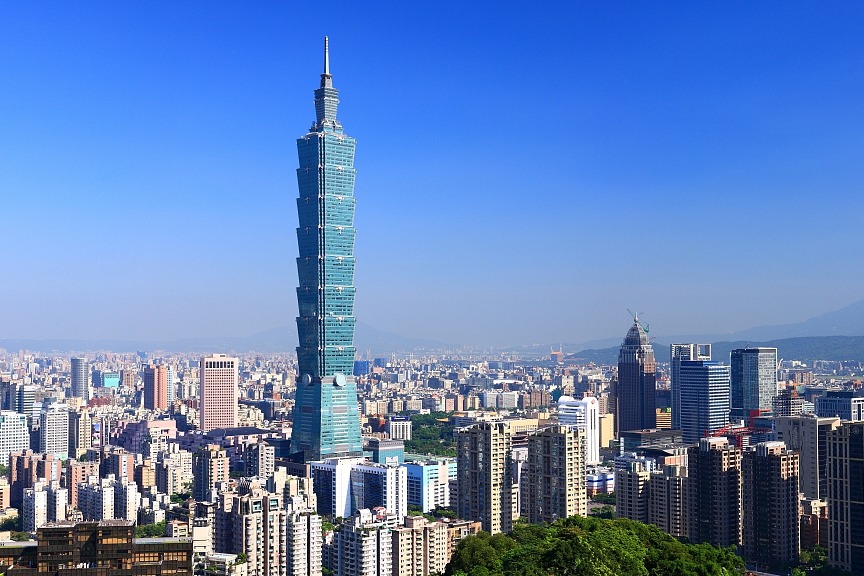Amid shifting sands


China is acting responsibly to ensure a steady and enduring global climate response and effective governance
At the United Nations Climate Summit 2025, Chinese President Xi Jinping announced China's new round of Nationally Determined Contributions targets for 2035. On the eve of the 2025 UN Climate Change Conference, or COP30, as the architecture of global climate governance undergoes fresh contestation and adjustment, the articulation of China's new NDC not only concerns the country's domestic pathway for green transformation but also profoundly shapes the trajectory of international climate cooperation.
To begin with, many actors have acknowledged the significance of China's shift from managing carbon intensity to implementing absolute emissions reduction, anticipating that China's actual decarbonization pace may outstrip its stated commitments. For instance, the UN and leading media outlets have for the first time praised China for putting forward an economy-wide net greenhouse gas absolute reduction target, viewing this as a positive contribution to the enhancement of global mid-term objectives and a reflection of China's sense of responsibility and leadership.
On the other hand, some Western countries and think tanks have focused on the scale of the ambition, baseline calculations and the timeline for coal phaseout, using these as benchmarks to exert negotiating and discursive pressure by comparing them against the Paris Agreement goal to limit global temperature rise within 1.5 C.
Over the past decade, the global debate on climate policies has changed in fundamental ways. What once appeared as conventional concerns on reducing GHG emissions and the energy transition has been gradually shifted to trade protectionism, unilateralism and economic fragmentation wrapped in climate-related border measures.
As a prime example, both the European Union and the United States have redefined the boundary between climate policy and trade instruments. The EU's Green Deal Industrial Plan and Carbon Border Adjustment Mechanism (CBAM)extend carbon pricing into the border interface to encourage convergence on emissions accounting, while the US' Inflation Reduction Act couples large-scale green subsidies with "friend-shoring" supply chains. This shift blurs the line between decarbonization and protectionism: it creates incentives for green innovation, yet it also introduces new compliance burdens and access hurdles — especially for developing economies seeking entry into low-carbon value chains.
With the implementation of the EU's CBAM, the boundary between trade and climate action has blurred. During the 2010s, tariff disputes largely focused on conventional industrial protection, but in the 2020s they began to shift toward climate-related measures such as carbon border adjustments, green subsidy criteria and low-carbon product certification. This evolution means that climate ambition is no longer confined to domestic regulation — it now shapes trade rules, investment conditions and supply-chain standards. As a result, the international debate has moved from "who acts" to "whose rules prevail". Understanding this transition is essential to interpreting today's mix of cooperation and competition in global climate governance.
It is against this backdrop that global competition over rules and standards is intensifying. The EU has already piloted its CBAM, while the US and Japan are pushing for a "carbon-intensive products tariff alliance". Meanwhile, the OECD and other international standard-setting bodies are advancing a new round of carbon accounting frameworks. The prevailing trend sees a stronger connection of climate action with industrial competitiveness, if not managed confrontation.
Despite the contending trend, cooperation remains both possible and necessary. Practical steps — aligning monitoring, reporting and verification (MRV) methodologies, developing mutual recognition for low-carbon products and maintaining dialogue under the G20, OECD and the World Trade Organization — can turn competition over standards into a driver of collective rule-making. De-risking should not become decoupling; well-designed coordination can preserve open markets while raising environmental integrity. For all parties, the strategic end-state is clear: climate ambition should reinforce an open trading system, not replace it, and vice versa.
For China, the pathway to implementing its domestic green policies lies in further strengthening verifiability, relying on practical and enforceable policy instruments to address both external risks and internal transformation challenges.
Externally, China will have to continue implementing the initiative in global climate governance, thus consolidating its credibility within the international community. This entails continuing to support accelerated emissions reductions in developing countries through mechanisms such as Beijing Initiative for Belt and Road Green Development, thereby deepening strategic reach. South-South programs can publish common MRV toolkits and bankable project templates, lowering entry costs for least developed countries to join green value chains. At the same time, closer dialogue with developed partners on a just transition and green technology diffusion can help bridge divides and reinforce a truly global community for shared climate progress.
In essence, China's approach highlights that openness and cooperation — not isolation or rivalry — remain the most effective pathways to achieve global climate goals. China has already upgraded and will continue to expand its national carbon emissions trading market, while accelerating the refinement of metrics and regional coordination. These steps will help enhance policy efficiency and ensure that China's climate governance framework remains robust and resilient in the face of international competition.
Leveraging multilateral platforms such as the UN Framework Convention on Climate Change, the G20 and BRICS, China can continue to highlight the intrinsic logic of its modernization process and green transition, emphasizing the value framework of "high-quality development, shared prosperity and risk controllability". To support these efforts, it is advisable to build a coherent external communication framework led by government agencies and supported by think tanks and academia. This mechanism can regularly issue multilingual policy white papers and data-visualization briefs, delivering authoritative explanations to major international think tanks, research institutions and media outlets, thereby improving transparency and mutual understanding.
Yu Hongyuan is a professor at the School of Political Science & International Relations at Tongji University. Liu Yanxi is a research assistant at the Shanghai Institutes for International Studies. The authors contributed this article to China Watch, a think tank powered by China Daily.
The views do not necessarily reflect those of China Daily.
Contact the editor at editor@chinawatch.cn.
































